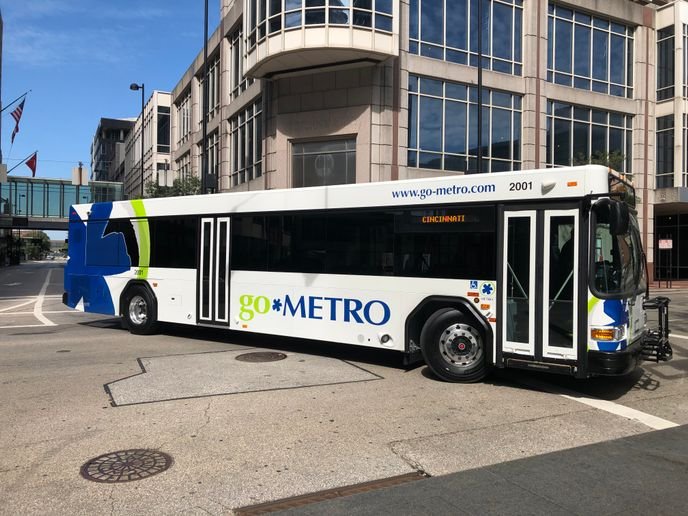Over the past 10 years, public transportation has made significant progress when it comes to the technology being used in the industry. With mobile ticketing, upgrades to reduce emissions, and even the creation of e-scooters, technology is making transit more accessible and appealing for users, while also reducing its environmental impact.
Mobile Ticketing
The first innovation we can expect to see public transit authorities integrating in 2021 is mobile ticketing. This involves installing electronic fare validators on vehicles, which are then used to redeem tickets purchased through a mobile application. With Near-Field Communication (NFC) technology, these fares are redeemed without contact and completely remove the need to handle any physical cash or fares, and even limit the interaction needed with the driver.
Data Insights and Route Optimization
Utilizing the aggregated data that comes from smart technology such as mobile ticketing and fare collection can help transit workers create new efficiencies while increasing accessibility for users.
AVL uses computers and global positioning systems (GPS) to track transit vehicles and use real-time insights to monitor driver performance, increase communication, and reduce response time with operational problems.
Multimodal Accessibility
Public transportation is transforming into a mobile capable operation, and with that comes the need for a streamlined and intuitive user interface and experience. Having a mobile application that provides the option to purchase and redeem fares on buses is one thing but having a mobile application that layers in parking ticketing, e-scooters, and rail is another.
From the user perspective, this means if you are traveling from A to B via public transit, you no longer need to purchase separate tickets from different vendors, you can simply open the single mobility application and plan your entire journey from there.
Account-based Fare Collection
Keeping the user in mind, public transit technology is moving toward creating a more personalized ridership experience.
With this technology, passengers can identify and participate with every available public service that is enabled for Account-based fare collection, making it far easier to use different modes of transportation, and save specific routes or journeys for use later. This also removes the hassle of having to manage multiple user accounts, payment methods, and receipt/billing information.
Source:
Katsarov, M. (2021, March 10). 5 ways tech will transform public transit in 2021. Metro Magazine. https://www.metro-magazine.com/10138405/5-ways-tech-will-transform-public-transit-in-2021.
Comment:
This article is from earlier this year and was very insightful in seeing new developments and considerations within public transportation in the midwest. These advancements focus a lot on mobile apps, making things contact-free and customizable. I wonder about accessibility of this— if riding and payment requires a personal mobile device, what would that mean for someone without a smartphone? I would be interested in asking our older adult research participants about their comfortability with advancements that rely more and more on apps and smartphones. The survey results from our partners indicated majority use and access to the internet, but I still wonder about accessibility issues. This article also helped me think about a lot of things that are going to go into having a bus or circulator— how you get tickets, navigate, etc.




